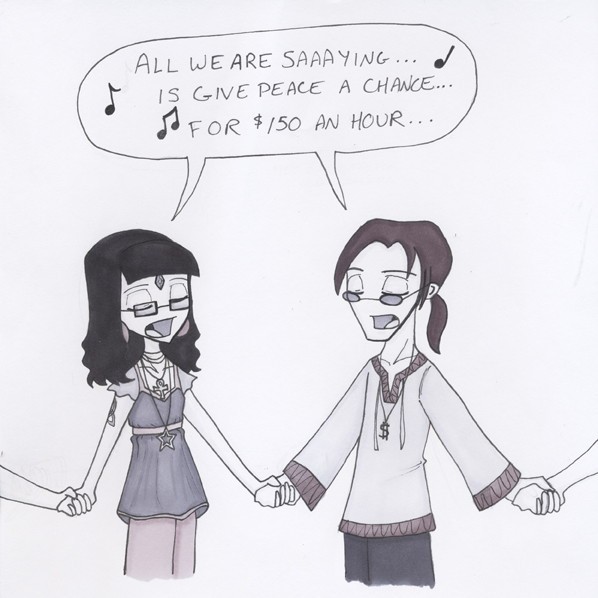A pitfall of cultural appropriation
‘Sweat box’ a desecration of an aboriginal ceremony
Recently in Phoenix, Arizona, 19 people became sick and three died after attending an “aboriginal” sweat box. At least, that is what some of the local media referred to it as.
They had attended the workshop of a New Age guru, where they were led to believe that they would have a life-transforming experience. The sweat box was supposed to be modeled after an ancient aboriginal ceremony, known as the sweat lodge, a sort of ceremonial sauna which is important to many North American aboriginal traditions.
Sadly, the media falsely equated the sweat box with the aboriginal sweat lodge.
The sweat box involved participating in a fast – sometimes know as a vision quest – for 36 hours. This meant that the participants went without food or water for 36 hours prior to attending the sweat box. The cost of participation was roughly $12,000 per person.
This sweat box was a false example of an aboriginal spiritual practice.
I began participating in real aboriginal ceremonies such as sweat lodges and vision quests around 20 years ago. With the help of Ojibwa Elder John Agoni and Métis Elder Miingun Mulligan, we were able to bring both ceremonies to the Algonquin community of Winniway in northwestern Quebec to help with the healing process there.
One of the differences between the sweat box and the actual sweat lodge ceremony is that there could be no charge. Payment was made with the use of tobacco and then, after the ceremony, gifts were given as a show of gratitude. Our ceremony included a fast that lasted two days.
During the ceremony a little medicine water could be given in order to alleviate dehydration if the conditions were too hot. We understood that the participants wouldn’t be prepared for something more strenuous than that. We also understood that weather conditions could affect the ceremony. Therefore, it was performed in the autumn rather than in the stifling heat of the summer.
I can only imagine what participants of the sweat box went through. Temperatures in the Phoenix area can go up to 45 degrees celsius; almost as hot as the sweat box itself. Add to the overwhelming heat the fact that the participants had been without food or water for 36 hours before attending the sweat box with almost 60 people for another hour or two, and you have the making of a disaster. It is a surprise more people didn’t die.
Aboriginal ceremonies are supposed to heal, not kill. It is important to understand that if a price is placed upon an “aboriginal” ceremony, potential participants should be wary. Real ceremonies have no monetary cost attached to them. This includes the giving of spiritual names, another matter that is important to aboriginal people. There was once a person in Winnipeg who was charging $25 in order to give customers a spiritual name.
Beware: There is a difference between a sweat box and a sweat lodge ceremony, as one has a price and can kill, while the other is priceless and can heal.
Brian Rice is an associate professor of education at the University of Winnipeg.
Published in Volume 64, Number 13 of The Uniter (November 26, 2009)







